
Director Lola Glaudini on using the crew’s point of view to broaden the vision for Mighty
Published on March 03, 2020
Every team needs a visionary leader. In filmmaking, that role belongs to the director. But when you’re directing your first film, having extra eyes can help you find angles you might be missing.
“For the most part, the people I'm collaborating with see things very parallel to how I see things visually,” says Lola Glaudini, writer/director of the film Mighty, premiering this week at the Cinequest film festival. “There’ve been a few exceptions. I really celebrate those exceptions because there were things I was not seeing that other people showed me and [that] opened up a portal. It's the part where collaboration lifts you up and helps you be a better artist.”
Glaudini recalls a time when her Art Director pointed out an unexpected setting for a crucial scene.
“When we went to Smiley Creek Lodge, we were looking at it for the dining scene,” says Glaudini. “While I was off to the side, looking at the window, Alexis was somewhere else. He called me over and said, ‘I think this could be Birdy’s lobby.’ Alexis stood me in front of what he was seeing and talked me through it. He said, ‘We can take this window. We’ll put curtains there. We're going to bring everything in. We're just going to see it from right to left and front to back.’ The world that he created was so on the money and didn't feel overdone. It felt real and it felt alive.”
“Alexis [is] always sketching,” she adds. “It's part of his personality and sort of meditative for him. So I didn't notice what he was doing. He had taken a picture and he has some sort of software in some sort of iPad that he draws over a digital image with a stylus. He was sitting there doodling. Then he turned it around and showed me while we were talking it through. It was one of those “Aha!” moments. We put it on Dropbox, and we could reference it with our costume designer, and with locations. Everyone could see what it was that he was going to do to that space. That was cool.”
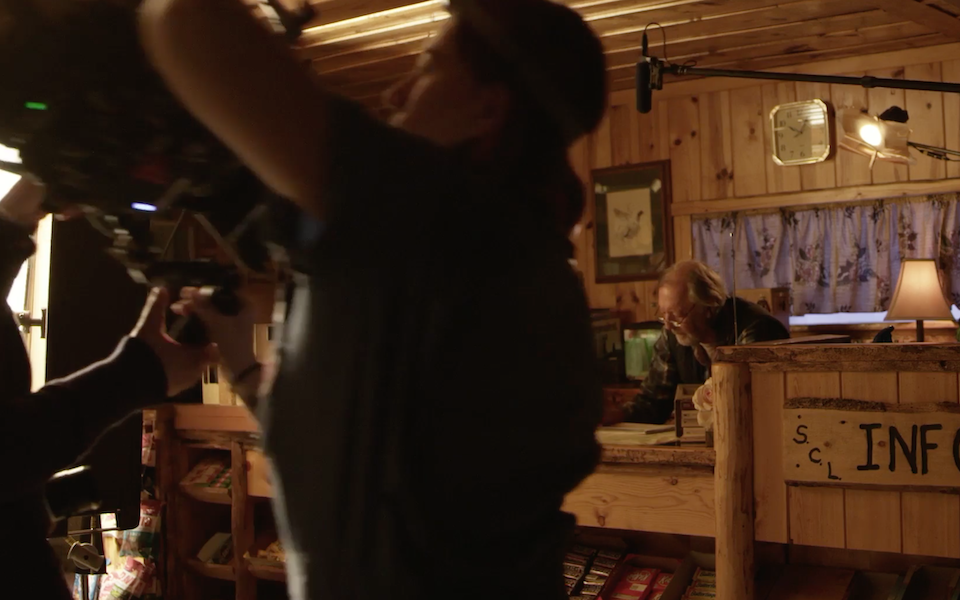
It’s a perfect example of the way collaborators can help shape the creative direction of a project by offering ideas on the fly. And it’s a testament to Glaudini’s leadership that she welcomed those kinds of serendipitous pivots throughout the process.
So how does someone who’s best known for acting roles on Ray Donovan, The Expanse, The Sopranos, and Criminal Minds transform into a writer/director after 28 years in front of the camera?
“I started becoming fascinated with sitting behind the director, watching how people were working together,” she says. “As an actor, I knew that there was more for me. That ‘more’ was about challenging my own creativity. I wanted to explore more of my brain and more of my heart, and more of my psyche.”
Looking at the movies being released in recent years, she sensed something was missing. So many interesting stories weren’t being told.
“I'm a movie lover,” she explains. “I'm just watching all of the great Italian Neo Realism and French New Wave and Japanese cinema that I've always loved over and over again. I'm just not seeing enough stories that kick my ass. I decided that I wanted to take it into my own hands. I got the idea to start directing and I just couldn't shake it.”
She began by researching film festivals that had writing competitions and used the deadlines as her motivation to get down to work.
“The film is about discovery on many different levels... It's about friendship, and how being supportive of one another is just a human necessity.”
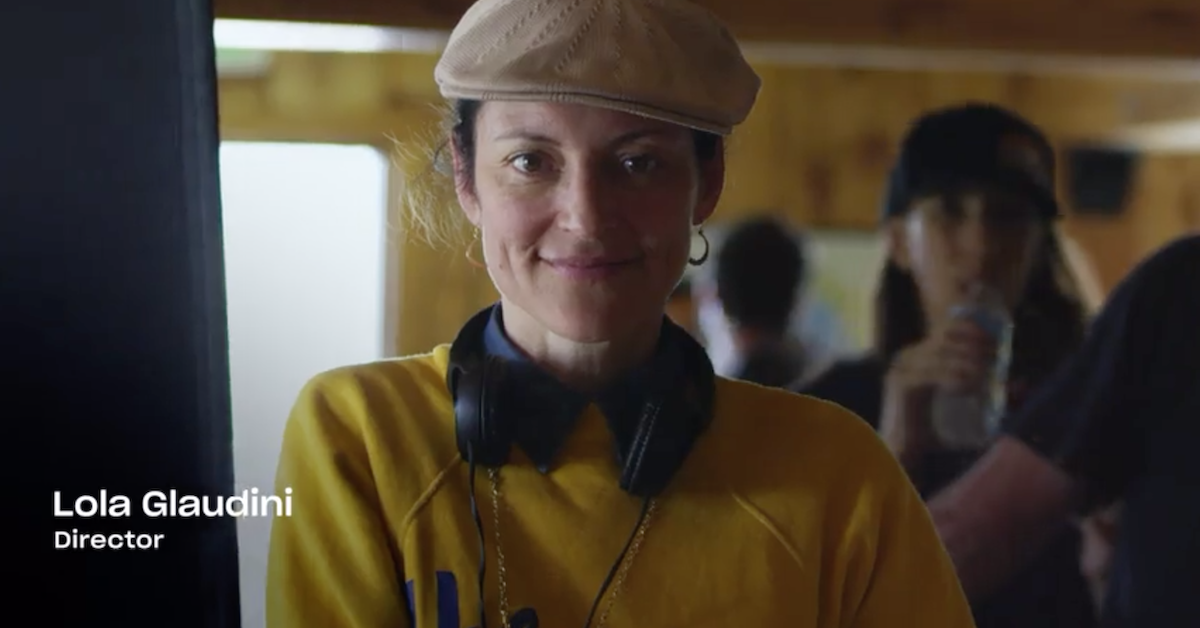
“I gave myself a deadline so that I had an assignment,” she explains. “I worked on it every day. Once I was done, I sent it out into the world, and the feedback was positive. I knew that I was onto something. I was going to push this boulder up the mountain, and a lot of my friends came and pushed that boulder up the mountain with me.”
One such friend was Alexis Ross, an Art Director and veteran of the advertising industry. His pragmatic approach proved especially useful on the set of a film with a limited budget. As Ross and Glaudini began planning the production, the first question they had to answer was: what kind of movie could they afford to make?
“We're talking about the logistical end of things,” Ross explains. “How do you fit all the pieces to the puzzle? I work in commercials, I don't work in film. The big creative part of that process is not so much 'Wow, that color is so cool.’ It’s ‘How do I achieve pulling that off in that amount of time for that amount of money.’ What’s great about Lola is her ability to see that straight away.”
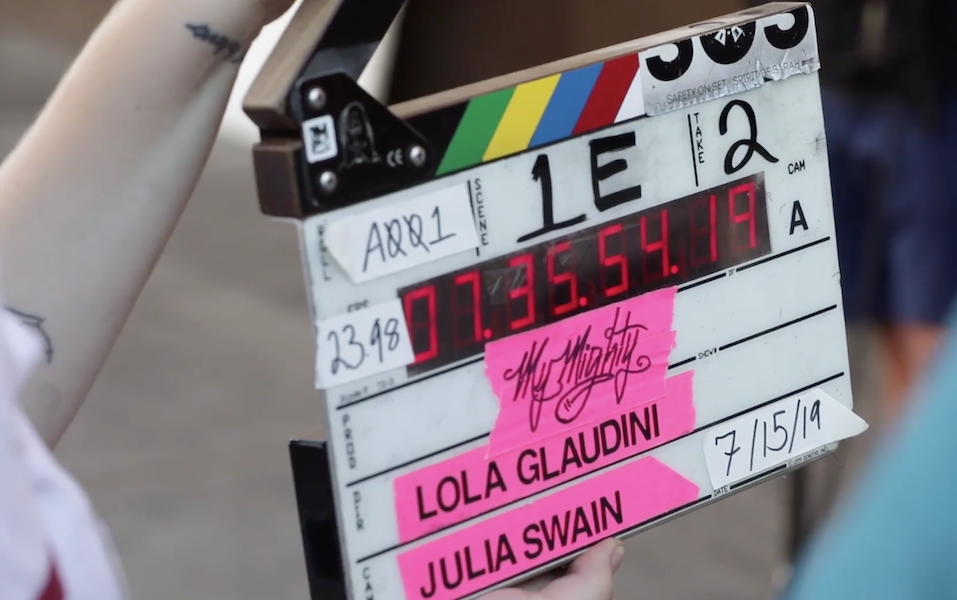
Whereas his work in the world of advertising often meant dealing with a committee of decision makers, working with Glaudini on Mighty was refreshing.
"When we talk about something and she likes that, it's a go,” says Ross. “In my business, I'm accustomed to weighing everyone's [opinion]. So it is nice to make a decision and stick with it or change it and be able to be fluid with that.”
“I’ve found I'm a very decisive person by nature,” says Glaudini. “As a director, you’re asked a thousand questions a day. Someone has to make the decisions. But you have other people who help inform those choices that you make. So you have to have a clear idea of what you want. The more decisive that you can be, the better you'll execute your plan.”
Julia Swain, director of photography, says she was initially drawn to the project by the script, but it was equally important to understand what’s not on the page.
“I understood early on that it was a personal story for her,” says Swain. “There were elements in it that connect with my own story. It was easy for us to click and both get involved and really care about character.”
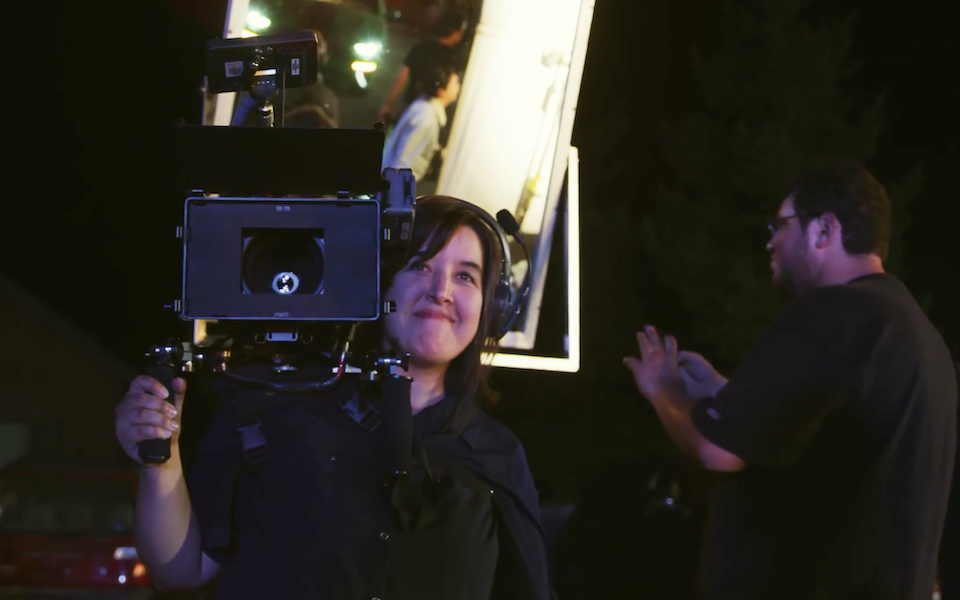
“You have to be someone who can speak in lots of different lexicons to people,” says Glaudini. “You have to have a syntax that works with different departments. My experience being on set for so many years has allowed me to code switch with different departments.”
“Lola tends to talk to me about what she wants to get out of this scene emotionally,” says Swain. “Then I try to translate that into the tools.”
So for each scene, Glaudini would describe the emotional arc, where the characters were on the journey in the film, then work backwards with Swain to figure out how to capture that on camera.
“For example, in the scene where the two women walk out to the bridge, it was important to me that they're walking out onto a bridge together,” says Glaudini. “They're seeing this great chasm beneath them, and they take it in stride. They have a bonding moment of looking at this vast nothing beneath them that is overpowering and overwhelming. I said to Julia, ‘I just want to feel them taking it in.’ I don't know what lens you put that on. I don't know if you get that slightly slow or slightly out of focus. I want to feel there's an immediacy that the camera is capturing. And she's like, ‘Okay, I got it.’ Then she'd show me the frame.”
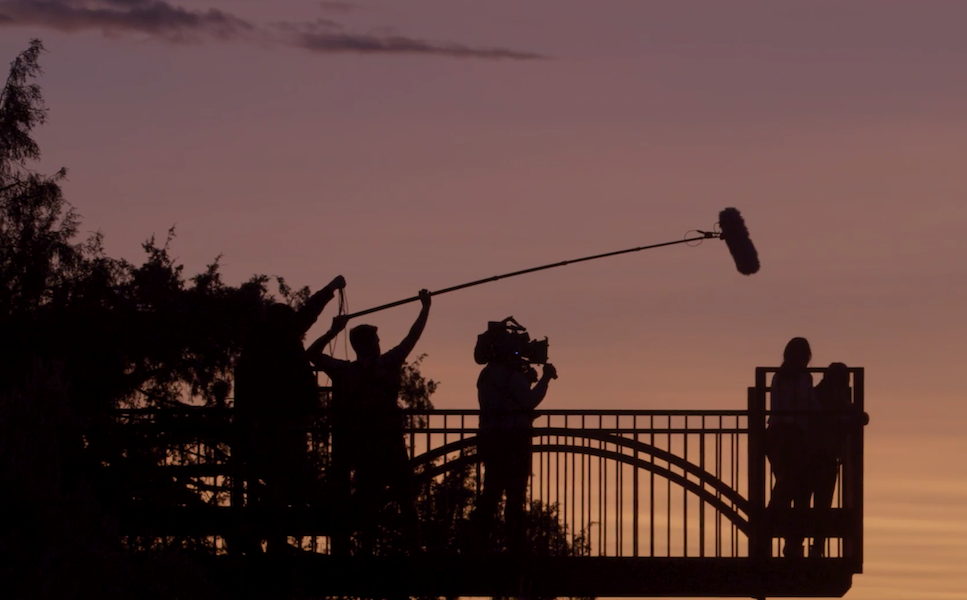
“If we want to make [the main character] Mighty, for example, feel small in nature, we’ll shoot wide and get the scope of the mountains in the lake,” says Swain. “If we want to isolate her in the lake, for example, we’ll go in on her in a longer lens and let that background fall off when we're in our close up. It’s knowing the tools and when to use them. So understanding what [Glaudini] wants as a storyteller is key.”
Glaudini and Ross would often discuss ways to make the most out of a location. “When you're shooting a location for real life, you have to think that way. ‘How can we utilize windows? How can we utilize doorways to create depth and interest?’ How do we maintain the same color tone when we're outside in greenery as opposed to inside a moody bar? What are the elements that help you maintain consistency?”
To begin to answer those questions, they pulled together a lot visual references. Then they needed an easy way to share them with everyone on the crew.
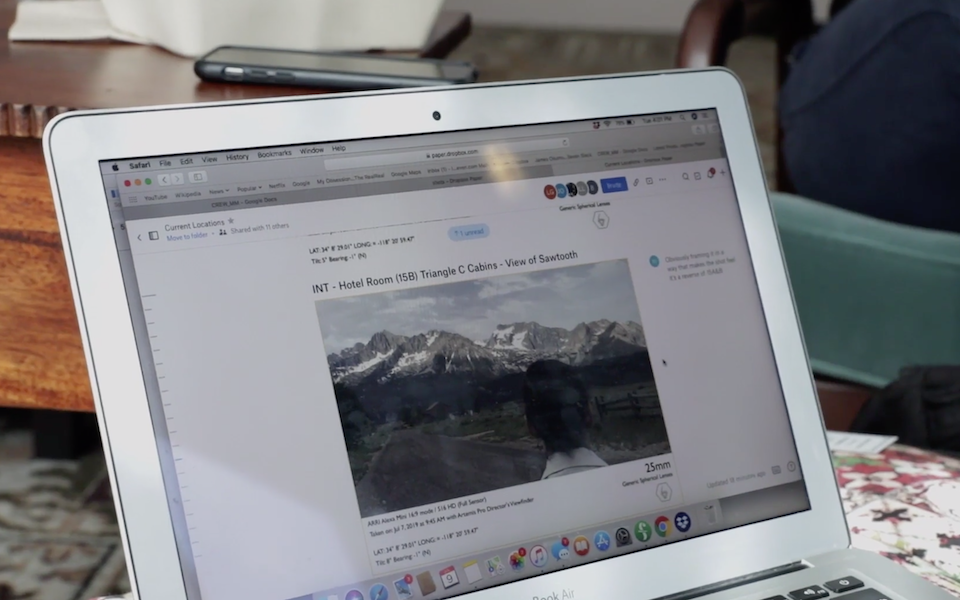
“On Dropbox, we've got our shot lists. So we know exactly how we're going to approach every space,” says Swain. “To keep all the department heads on the same page, we use Dropbox Paper to keep everything organized. I uploaded imagery for everybody to see we've got all the locations and scene order per day. You could minimize the days we've already done and focus on each production day. It's helpful because we send so many emails and links, it keeps it all in one place.”
“It's nice to be able to have a lot of files from my collaborators to see what it is that they're working on,” says Glaudini. “It's not cluttering my inbox. It's all in one place. I can go back and cross reference it all the time. Like when Arianne and Brooke were shopping for the characters. They loaded up all of the looks they bought, and started putting the pieces together. I could start moving stuff around and seeing the different pieces. It expedited our real-time fittings, which was really helpful.”
“Every single person, when they came on board and I said, ‘We're going to be loading everything up to Dropbox,’ all said ‘I already use Dropbox.’ What was great about the usability of Dropbox between us was that every person is working on their bread and butter projects while we were prepping this together. We were able to remotely have production meetings, because we're all using the same platform with ease.”
Aside from streamlining their everyday workflow, the crew’s willingness and ability to step up and support each other mirrored one of the main theme’s of the movie itself.
“The film is about discovery on many different levels, and worldview, expectations, and assumptions,” says Glaudini. “Really, it's about friendship, and how being supportive of one another is just a human necessity.”
Mighty premieres March 6 at the Cinequest Film Festival.
To learn how filmmakers are using Dropbox to simplify collaboration and work efficiently through every stage of the production, check out dropbox.com/film.




